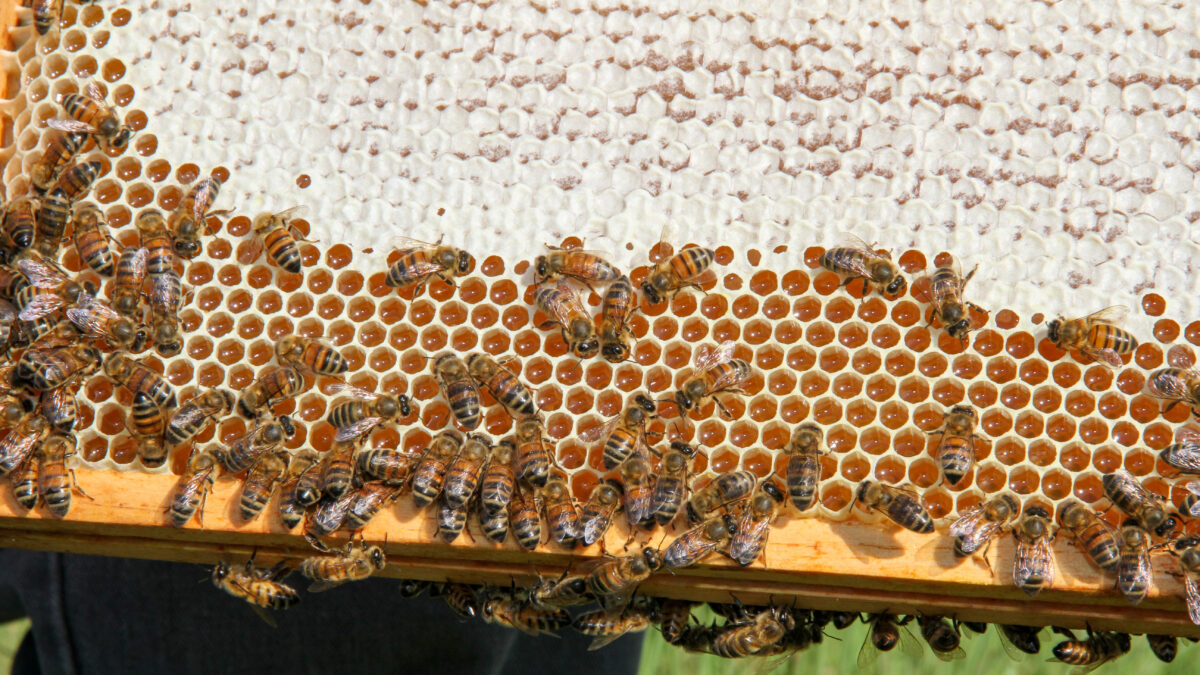It’s Time to Understand and Embrace Neonicotinoid Insecticides
Guest Author
Special Contributor to FB.org

photo credit: Alabama Farmers Federation, Used with Permission
Guest Author
Special Contributor to FB.org
By Julie Murphree
Neonicotinoid insecticides aren’t the problem for bees that activists have made them out to be. In fact, years of monitoring show proper use of neonicotinoids doesn’t harm bees. But a combination of issues do negatively impact bee health, according to experts.
In recent years, changes in colony health and fluctuations in bee numbers have caused concern. Multiple influences have challenged hive health and honeybee populations. These include: the parasitic varroa mite (largest contributor to bee loss); disease; loss of forage diversity; pesticides; adverse weather conditions; and bee nutrition.
Despite this, the number of bee colonies is growing, according to the Agriculture Department.
Despite this, the number of bee colonies is growing, according to the Agriculture Department.
So, continuing to emphasize best management practices will continue to help protect bees, including the use of a relatively new class of insecticides, called neonicotinoids.
Neonicotinoids, more commonly referred to as neonics, are a specific class of neuro-active insecticides chemically like nicotine. Shell and Bayer began work on their development in the 1980s and 1990s because this class of insecticides was found to be less toxic to birds and mammals and when properly applied resulted in minimal impact.
Ultimately, neonicotinoids, because of lesser toxicity than other insecticides, became widely used in urban landscapes and on farms. Despite this, there have been calls to ban this class of insecticide.
Researchers from the universities of Wageningen, Ghent and Amsterdam summarized 15 years of research on the hazards of neonicotinoids to bees. While many laboratory studies and other studies applying artificial exposure conditions described sub-lethal and other effects, no adverse effects to bee colonies were ever observed in field studies at field-realistic exposure conditions. Another recent causal analysis of U.S. researchers likewise concludes that neonicotinoids are unlikely to be a cause of honeybee colony losses.
These findings are in line with many large-scale, multifactorial studies undertaken in the U.S., Austria, Belgium, Canada, France, Germany and other countries. These studies have shown that poor bee health is correlated with the presence of varroa mites, viruses and many other factors (above), but not with the use of insecticides, such as neonics.
The key is properly using this insecticide to manage pests, as with any insecticide. And properly using neonics isn’t rocket science.
To keep risk to bees, birds and mammals low, three main strategies must be applied:
1. Follow insecticide label directions;
2. Restrict applications to the soil when possible; and
3. Treat only when you have an infestation.
Finally, neonicotinoids are an important part of maintaining plant and insect health, a critical part of why this class of insecticide has become widely used and is considered important in agriculture.
Banning neonics represents serious consequences. If neonicotinoids were no longer available, we’d have major concerns in agriculture – older, more toxic insecticides would be used; operating costs would increase; crop yields would decline; and insect challenges and resistance would occur.
Julie Murphree is outreach director at Arizona Farm Bureau. This column was adapted from a blog post published by Arizona Farm Bureau.